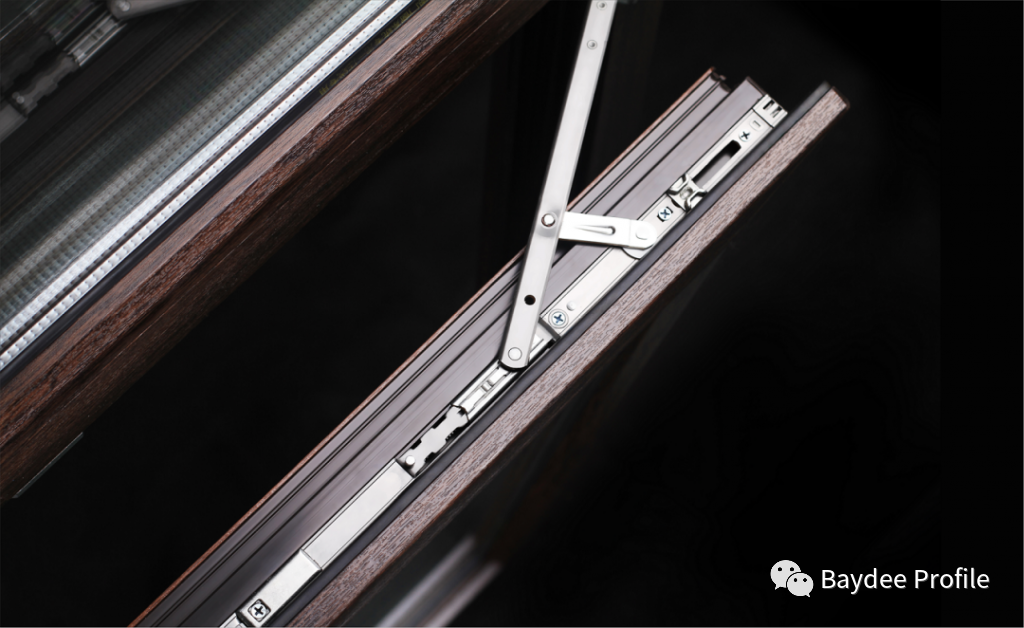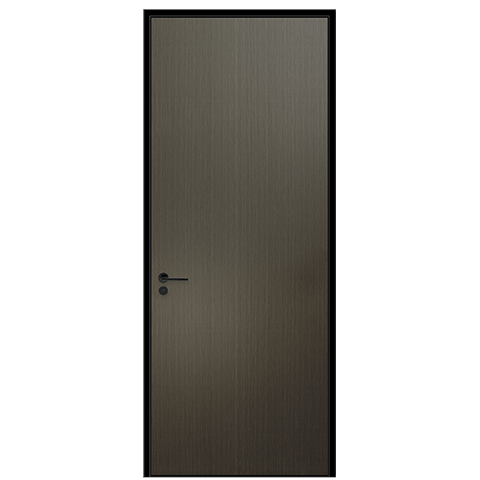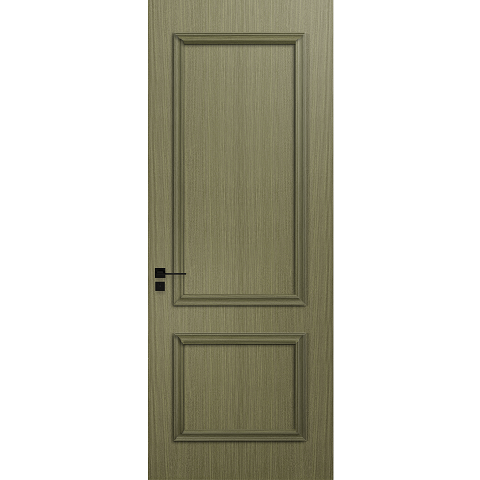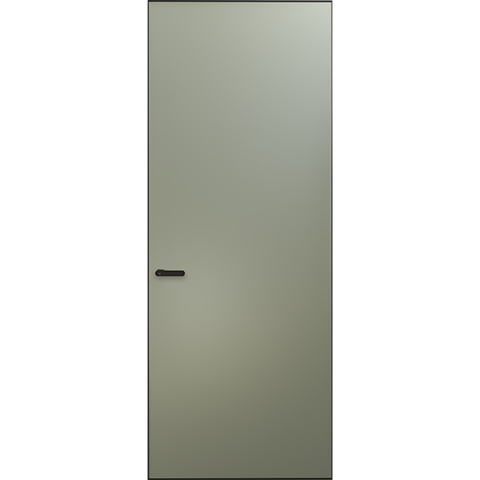Requirements for profiles of plastic steel refractory windows

In GB16809-2008 《Refractory Windows standard》, there is no clear requirement for the quality of the profiles, but the material of the profiles will affect the results of several other inspections.
The surface of the profile should be flat and smooth, and there should be no burrs, cracks, dents, and obvious depressions and voids.
The strength, ductility, and thermal expansion properties brought by the thickness, width, and wall thickness of the profile will affect the firmness, closing reliability, and twist of the connecting parts of the window. Different materials and different window specifications , structure, the corresponding thickness and width should be selected to achieve this balance point.

The following lists the specific requirements for the selection of plastic steel (unplasticized polyvinyl chloride (PVC-U) profiles) profiles for fire-resistant windows:
1. Appearance quality:
The color of the visible surface of the profile should be uniform, and the surface should be smooth and flat, without obvious bumps and impurities. Profile ends should be clean and free of burrs. Profiles are allowed to have insignificant shrinkage marks caused by the process.
2. Dimensions and deviations:
(1) Dimensions and limit deviations
(2) Wall thickness of the main profile
(3) Linear deviation: The linear deviation of the main profile with a length of 1m should be ≤1mm. The linear deviation of the yarn fan with a length of 1m should be ≤2mm.
3. The quality of the main profile:
the quality of each meter of length should not be less than 95% of the nominal quality of each meter of length.
4. Dimensional change rate after heating:
The dimensional change rate of the two relative maximum visible surfaces of the main profile after heating is ±2.0%; the difference between the dimensional change rates of the two visible surfaces of each sample after heating should be
The dimensional change rate of auxiliary profiles after heating is ±3.0%.
5. Drop hammer impact of the main profile:
the number of samples broken on the visible surface is less than or equal to 1. For co-extruded profiles, the co-extruded layers must not separate.
6. State after heating at 150°C:
The sample should be free of bubbles, cracks and pitting. For co-extruded profiles, the co-extruded layers must not separate.
7. Aging:
(1) The impact strength retention rate after aging is ≥60%.
(2) The color change of the sample before and after aging is represented by △E*, △b*, △E*≤5, △b*≤3.
8. Weldability of the main profile:
the average stress of the fillet is ≥35MPa, and the minimum stress of the sample is ≥30MPa.
9. Fire resistance:
The fire resistance rating should not be lower than 1.00h.
▼
Scan the QR code below to learn more about the brand

 Hot Recommendation
Hot Recommendation
 Latest Products
Latest Products



